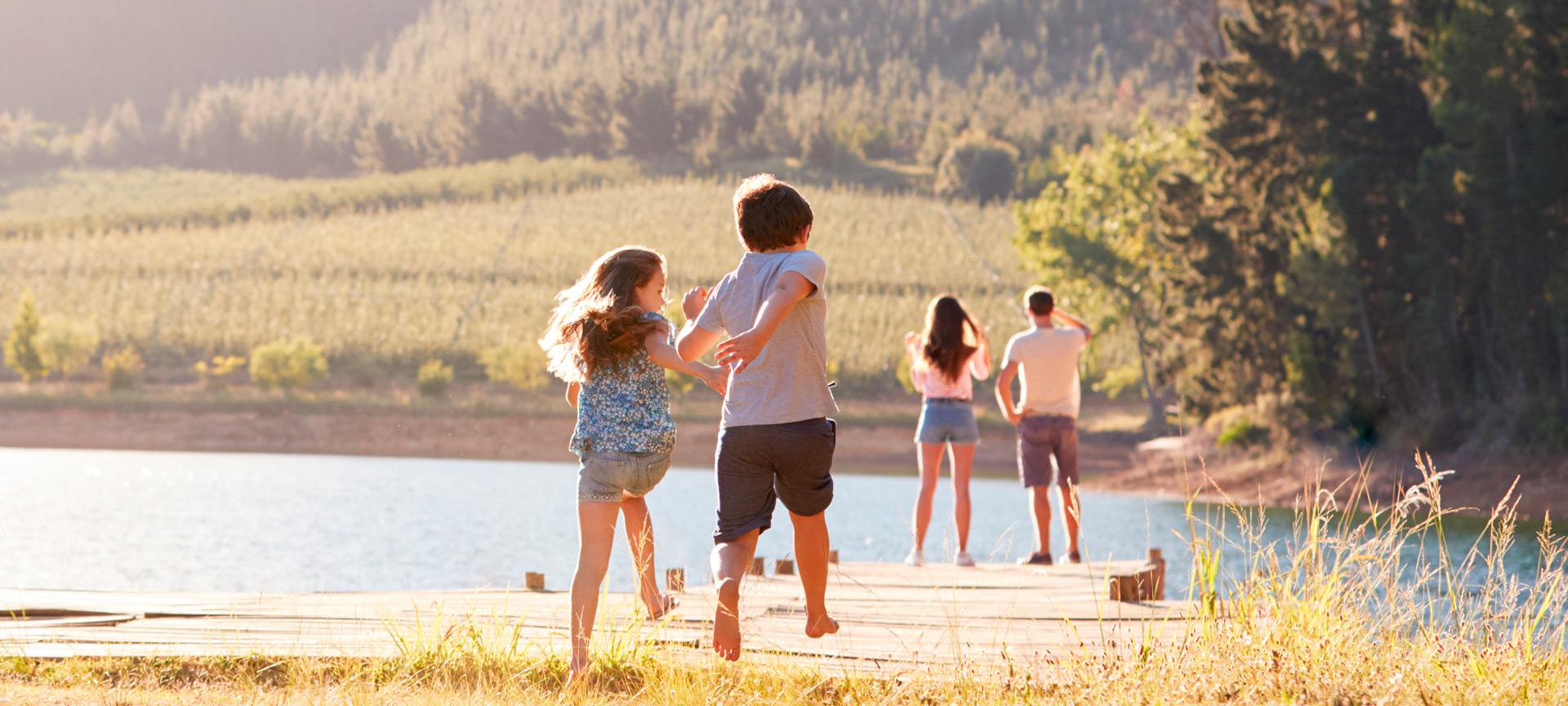
La Siberia Biosphere Reserve, Extremadura

One of Spain’s most important freshwater shorelines
A high level of biodiversity, enviable tranquility and hundreds of kilometres of freshwater coastline define this vast protected area in the province of Badajoz, Extremadura, recognised as a Biosphere Reserve since 2019.
La Siberia Biosphere Reserve, Extremadura
Talarrubias Tourist Office and Puerto Peña Rock-dwelling Fauna Interpretation Centre
Carretera N-430, Kilómetro 167
06640 Badajoz (Extremadura)
Badajoz (Extremadura):
- Castilblanco
- Fuenlabrada de los Montes
- Garbayuela
- Helechosa de los Montes
- Herrera del Duque
- Puebla de Alcocer
- Risco
- Sancti-Spíritus
- Tamurejo
- Valdecaballeros
- Villarta de los Montes
Activa JS
What you need to know
-
Cultural information
The landscape is profoundly shaped by the relationship between humans and nature, due to both the hydraulic infrastructure of dams and reservoirs, and generations of farming and grazing. There are many small archaeological sites, with castros, cave paintings and necropolises. This area was also the setting for many battles, and was once Templar territory. In fact, you can visit the Puebla de Alcocer Castle or the remains of Siruela. A good way to experience local culture here is through its food. The local specialities of La Siberia include escarapuche (a salad with freshwater fish or pork), fried breadcrumbs or migas extremeñas, stews or calderetas, many different sweets and pastries, recipes with desert truffles or criadillas de tierra, and artisanal honey.
-
Environmental information
Its most striking features are its “inland sea” of large reservoirs creating natural beaches and swimming pools, its forests, its steppe-like pastures, and its olive groves. Its biodiversity is also reflected in wildlife. It is the habitat for over 170 bird species, including Spanish imperial eagles, black storks, Egyptian vultures and cinereous vultures. It’s easy to find mammals such as red deer, roe deer and wild boar. In its waters, multiple varieties of fish, reptiles and amphibians coexist.
-
Information for visits
It is located between the cities of Cáceres, Badajoz, and Toledo, which are all about a two-hour drive away, and three hours from Madrid via the A-5 and N-502. You will find numerous small towns with rural charm. Visitors can explore the network of viewing points, especially the views from Puebla de Alcocer castle, the beach at Peloche (Herrera de Duque), the medieval bridge of Villarta de los Montes, and the spectacular rock formations of Puerto Peña.Everywhere in the Siberia district of Extremadura, you can find activities such as hiking, cycling, boat trips, ATV routes, bird-watching, mushroom picking, climbing, and more.
Travel plans for inspiring you



